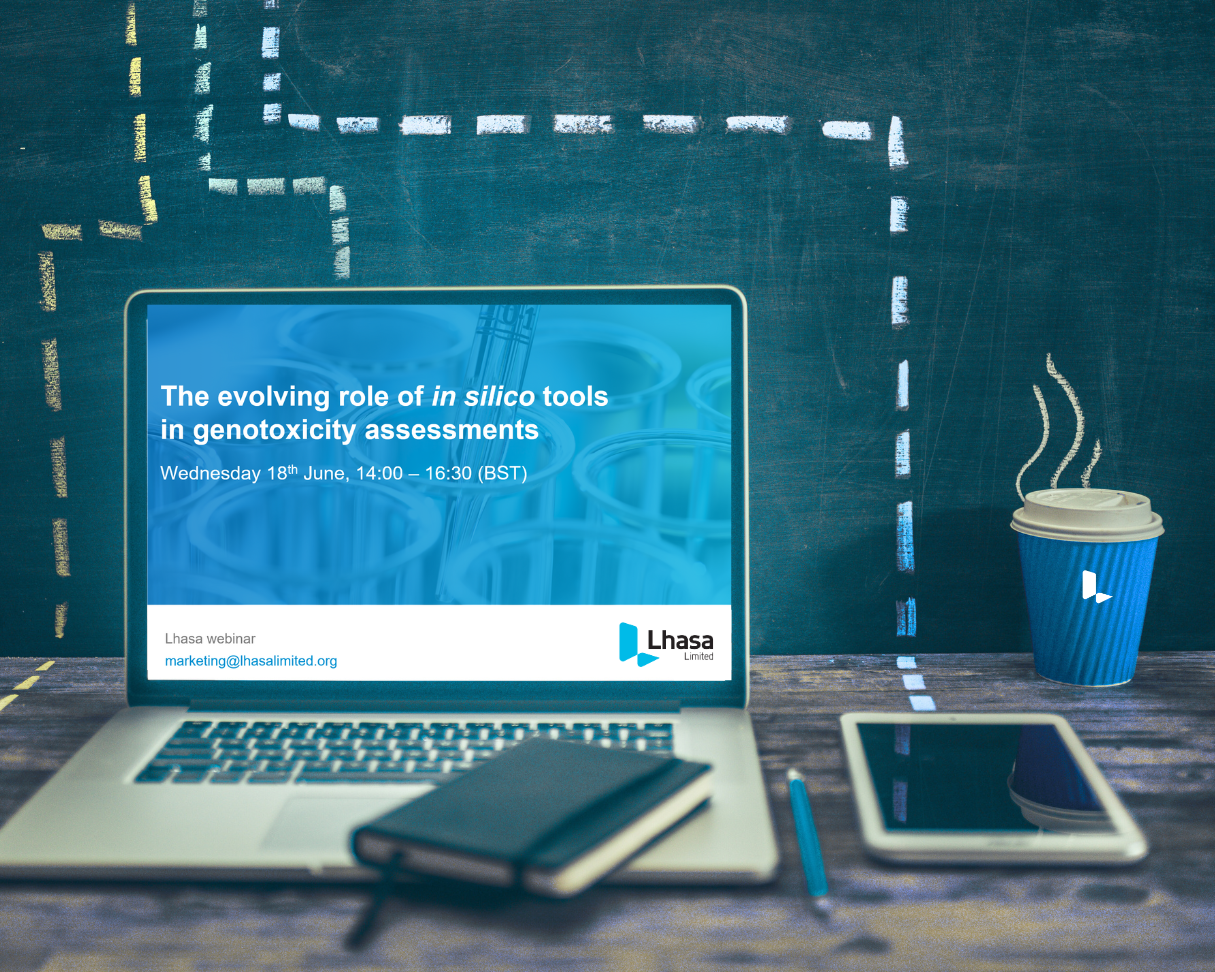Building on the success of our recent webinar, How to establish acceptable intake (AI) limits for Nitrosamine Drug Substance-Related Impurities (NDSRIs), we’re thrilled to present a follow-up that brings you closer to the insightful discussions that unfolded during the interactive Q&A session. In this blog, we’ve gathered questions posed during the webinar and curated written answers from one of our expert speakers.
The following answers were provided by Dr Martin Walter, Non-Clinical Assessor at the Austrian Medicines and Medical Devices Agency and Austrian delegate at the European Medicines Agency (EMA). Martin’s wealth of knowledge and experience extends to being a valued member of EMA’s Scientific Advice Working Party of the Committee for Medicinal Products for Human Use and the Nitrosamine Safety Operational Expert Group of EMA’s Non-Clinical Working Party. Now, let’s jump into the questions…
Question 1: There is a deactivating feature “Chains of ≥5 consecutive non-hydrogen atoms (cyclic or acyclic) on both sides of an acyclic N-nitroso group.” What if the N-nitroso group is on a 6-membered ring, how do I consider this in terms of “both sides” since they are on the same ring?
Answer: As per definition, the N-nitroso group needs to be in an acyclic configuration. For cyclic N-nitrosamines this deactivating feature consequently does not apply.
Question 2: It doesn’t appear that the carcinogenicity potency categorisation approach (CPCA) calculation is applicable to tertiary amine-containing compounds (i.e., there is no way to calculate the alpha-hydrogen score). Is that indeed the case, and if so, is there a recommendation for evaluating tertiary amine-containing compounds?
Answer: Indeed, the CPCA is only applicable to di-alkyl N-nitrosamines. Tertiary-amine containing compounds can be controlled according to the rules set out by ICH M7(R2). Note that the tertiary amine moiety is not a cohort-of-concern (CoC) defining structural feature such as the N-nitroso group.
Question 3: Our current Ames test is not completely in line with the Enhanced Ames Test (EAT) guidelines, in this case, how should a risk assessment be conducted for a completed Ames test when used in the context of hyaluronic acid (HA) fillings?
Answer: This depends on how the Ames test was actually conducted. We have had some cases where we have also accepted regular Ames tests that approximated an EAT, so in principle a “near-EAT” study can be accepted on a case-by-case basis. At any rate it is important to have nitrosamine positive controls in your study (at least one, ideally two), and the inclusion of rat and hamster S9 is also important.
Question 4: Why is something that is not in the CoC, or has surrogates that have higher than 1.5 mcg/day limit cannot be categorized at a higher AI? Having two categories, 4, 5, with the same limit is not scientific, even as a hypothesis.
Answer: This is incorrect! A substance outside the cohort of concern scope can be regularly controlled according to the rules set out in the ICH M7(R2) guideline. And even for N-Nitrosamines, if there is an adequate surrogate with sufficient animal carcinogenicity data available, an AI can also be set above the 1.5 µg/day threshold. In EMA’s N-nitrosamine Q&A document, the CPCA and the SAR-based derivation of an AI are on an equal level and can be equally applied to compounds. We will decide on a case-by-case basis which AI will be accepted, but if you have a good and reliable surrogate you should be fine with the SAR-based approach.
As mentioned during the presentation, the difference between CPCA category 4 and 5 N-nitrosamines is that the former is still regarded as CoC compound, whereas the latter is not. This has implications on further qualification strategies and on e.g. the less-than-lifetime (LTL) approach during corrective and preventive action (CAPA) implementation.
Question 5: Can you talk about the level of characterization (ID, purity) needed to “qualify” an NDSRI standard prior to its use in an EAT?
Answer: Generally, we would expect that the purity and the identity of your NDSRI are sufficiently studied and described in the study report of the EAT. If sufficient purity cannot be provided, please include a justification for this. We would then assess the impact of this, but this is a miss on the study outcome. I personally think that lower purity of the NDSRI when based on a good chemical justification could still lead to an acceptable study outcome, but ultimately this is a matter of assessment.
Question 6: What is the applicability of LTL for products in clinical development? The EMA Q&A document does not address these products. Any thoughts from the regulatory perspective?
Answer: This is correct. Point 22 of EMA’s Q&A document defines that the implementation of preventive and corrective actions and the limited LTL approach only apply to already authorized products. To my knowledge there is no guidance for an LTL approach during clinical development. Generally, we would expect that it is pertinent for companies to develop their new products without concerning levels of nitrosamines and NDSRIs before healthy volunteers and/or patients are exposed. Nonetheless, clinical trials with products that bear an NDSRI below its CPCA AI should certainly and will not pose unacceptable risks.
Question 7: How should I consider the CPCA for structures with more than two N-Nitrosoamine groups, for example Levomeflonate or Folic acid?
Answer: There is guidance on this aspect in EMA’s CPCA document: You can perform the CPCA for the N-nitroso group which presumably possesses the higher carcinogenic potential. This decision should be based on state-of-the-science SAR considerations.
Question 8: EMA’s Q&A document states that the CPCA approach can be applied for specific nitrosamines. For those nitrosamines out of scope of CPCA approach (for instance N-nitroso amides, N-nitroso ureas or N-nitroso guanidines), which approach should we employ? Should we take an AI of 18ng/day? Or is it that these species are not particularly active from a carcinogenic standpoint, and an AI of 1500ng/day should be chosen?
Answer: The compounds you are describing are CoC substances and per ICH M7(R2) demand substance-specific determinations of AIs. The 18 ng/day limits are not applicable as this value pertains to di-alkyl N-nitrosamines. Frankly, we have hardly heard that such compounds were found as impurities in drugs. If you find such impurities in your product, I think it is certainly best to reach out to your regulatory authority to seek further advice. Clearly, regulatory guidance still needs to be developed for such compounds.
Question 9: Secondary amide moiety is a common structural motif in many drug substance structures. Can you please comment on the exclusion of these compounds from the CPCA?
Answer: Compounds in which one of the alpha carbons directly binds a heteroatom are excluded from the CPCA. This is because they possess a different metabolic activation profile than di-alkyl nitrosamines. As mentioned in the answer to the question before, there is yet no specific regular guidance for controlling such compounds in drugs apart from the general ICH M7(R2) guideline. If you find such compounds in your product, it is best to seek advice from your regulatory authority to discuss substance-specific control measures.
A big thank you to Martin for speaking within our webinar and providing the written answers above, if you would like access to the NDSRI webinar recording or Martin’s presentation slides, please get in touch!
You can now readily assign nitrosamine query structures to a predicted carcinogenic potency category and determine the corresponding AI limit in Derek Nexus – discover more on our nitrosamine impurity risk assessment solution page.
Last Updated on October 17, 2024 by lhasalimited



